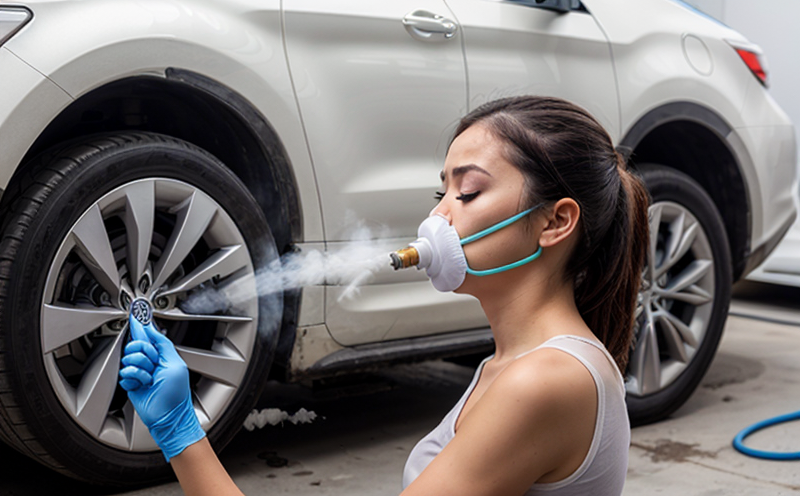ISO 23328 Inhalation Filter Testing for Anesthetic Gases
The ISO 23328 standard specifies the requirements and methods for testing inhalation filters used in anesthetic gases. This service is essential to ensure that inhalation filters meet stringent quality standards, thereby safeguarding patient safety during anesthesia procedures.
Inhalation filter testing under this standard involves several key steps, including sample preparation, filtration efficiency measurement, and residual gas analysis. The test parameters are critical for ensuring the effective removal of anesthetic gases from the air supply to prevent overexposure or contamination. This service is particularly important in healthcare settings where quality control is paramount.
Understanding the context within chemical testing, inhalation filter testing focuses on the performance of filters used in medical applications, specifically those that handle anesthetic gases. These filters are designed to remove volatile anesthetics from the air supply during surgical procedures. The standard ensures that these filters perform effectively and consistently over time.
The ISO 23328 inhalation filter testing involves multiple phases. Initially, the filtration efficiency of the filter is determined by exposing it to a known concentration of test gases. After filtration, the residual gas content is measured to assess how well the filter removes these gases from the air supply. This process helps identify any potential leaks or inefficiencies in the filter.
Another critical aspect of this testing involves ensuring that the filter does not introduce any contaminants into the anesthetic mixture. This includes checking for trace amounts of harmful substances that could be present after filtration. The standard also requires testing under various conditions to account for real-world scenarios, such as different flow rates and temperature variations.
The results of ISO 23328 inhalation filter testing are used by quality managers, compliance officers, R&D engineers, and procurement specialists to ensure that the filters meet international standards. This ensures not only patient safety but also regulatory compliance in healthcare settings.
| Applied Standards |
|---|
| ISO 23328:2017 - Inhalation Filter Testing for Anesthetic Gases |
The application of this standard ensures that inhalation filters are tested in a consistent and reliable manner, which is crucial for maintaining high standards in the medical industry. This service plays a vital role in ensuring patient safety and regulatory compliance.
Applied Standards
| Standard | Description |
|---|---|
| ISO 23328:2017 | Inhalation Filter Testing for Anesthetic Gases |
| ASTM E672-14 | Determination of Volatile Organic Compounds (VOCs) in Air |
| EN 13795:2012 | Medical Protective Gowns and Caps - Performance Requirements and Test Methods |
The application of these standards ensures that the testing process is consistent, reliable, and meets international quality benchmarks. Compliance with ISO 23328 guarantees that inhalation filters are tested under controlled conditions to ensure their effectiveness.
Scope and Methodology
The scope of this service includes the testing of inhalation filters used in medical applications, specifically those handling anesthetic gases. The methodology involves several key steps:
- Sample Preparation: Filters are prepared according to ISO 23328 specifications.
- Filtration Efficiency Measurement: Filters are exposed to known concentrations of anesthetic gases, and the efficiency is measured post-filtration.
- Residual Gas Analysis: The residual gas content in the filtered air supply is analyzed to ensure it meets acceptable limits.
The service also includes leak testing and contamination checks. These tests are conducted under various conditions to simulate real-world scenarios, ensuring that filters perform consistently across different environments.
Quality and Reliability Assurance
- Consistent Testing: Filters are tested under standardized conditions to ensure consistent results.
- Traceability: All test results are traceable back to the original samples for accurate record-keeping.
The quality assurance process ensures that all tests meet the highest standards, providing reliable data that can be trusted by healthcare providers and regulatory bodies. The reliability of these tests is critical in ensuring patient safety and compliance with international regulations.





